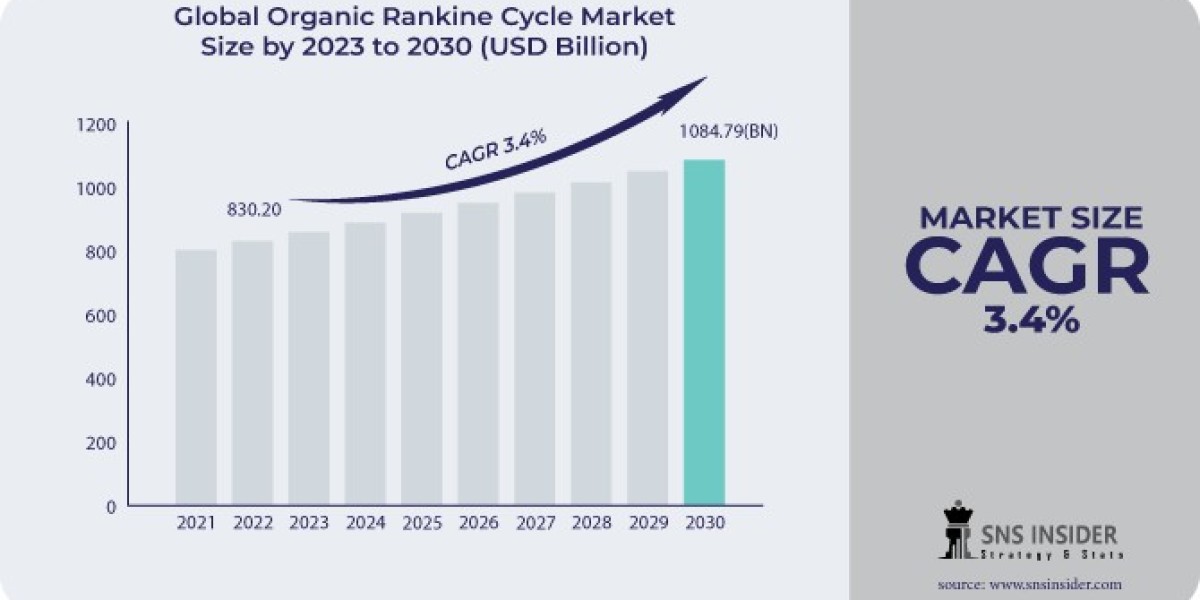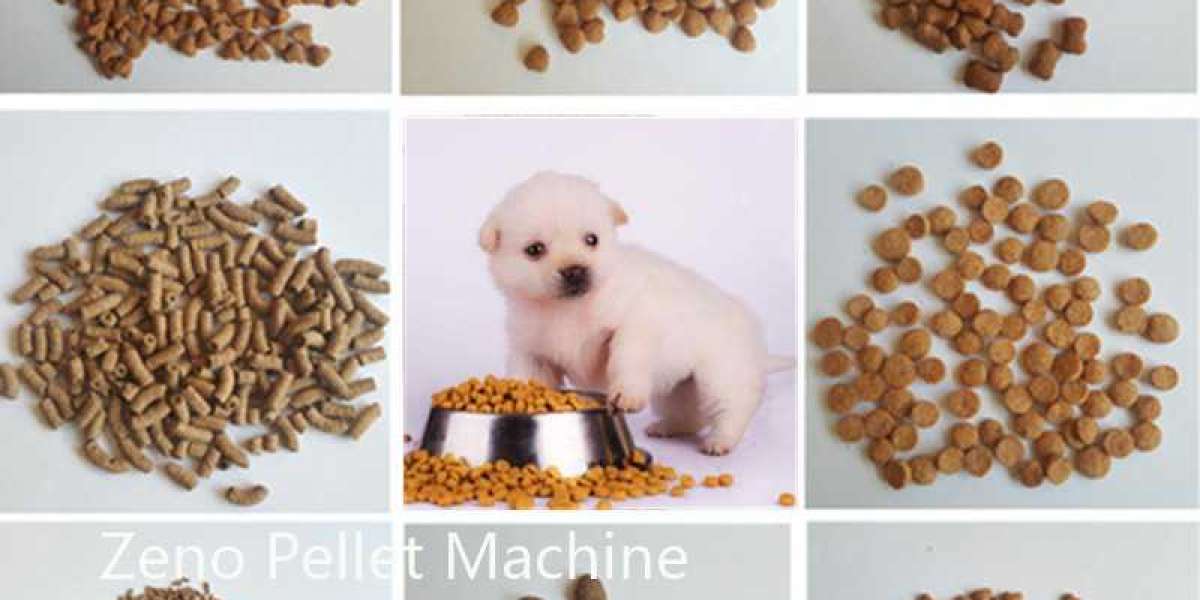The Organic Rankine Cycle (ORC) is a thermodynamic cycle that has gained prominence for its ability to convert low-grade thermal energy into electricity efficiently. This technology is instrumental in various applications, from waste heat recovery to renewable energy generation. This article explores the fundamentals of ORC technology, its diverse applications, and the market trends influencing its development. The Organic Rankine Cycle Market size was valued at USD 830.20 billion in 2022 and is expected to grow to USD 1084.79 billion by 2030 and grow at a CAGR of 3.4% over the forecast period of 2023-2030.
Fundamentals of Organic Rankine Cycle Technology
- Cycle Overview: The Organic Rankine Cycle operates on the principle of using an organic fluid with a lower boiling point compared to water. This characteristic allows ORC systems to efficiently utilize heat sources with lower temperatures, making them suitable for a range of applications. The cycle involves four key processes: the organic fluid is evaporated, expanded, condensed, and then pumped to repeat the cycle.
- Key Components: The primary components of an ORC system include the evaporator, expander (turbine), condenser, and pump. The evaporator transfers heat to the organic fluid, which then expands in the turbine to produce mechanical work. The fluid is subsequently condensed back into a liquid and pumped back to the evaporator. Each component must be carefully designed to optimize the performance and efficiency of the ORC system.
- Performance Metrics: The efficiency of ORC systems depends on factors such as heat source temperature, choice of organic fluid, and system design. Technological advancements have led to improvements in ORC efficiency, making it a competitive option for low-temperature heat recovery and power generation.
Diverse Applications of the Organic Rankine Cycle
- Industrial Waste Heat Recovery: ORC technology is widely used for recovering waste heat from industrial processes. This application helps improve overall energy efficiency by capturing and converting excess heat into electricity. Industries such as cement, steel, and chemical manufacturing benefit significantly from ORC systems.
- Geothermal Power Generation: ORC systems are well-suited for geothermal power plants, particularly those utilizing moderate-temperature geothermal resources. By efficiently converting geothermal heat into electricity, ORC technology contributes to sustainable energy production.
- Solar Thermal Energy: In solar thermal power systems, ORC technology can be employed to convert the heat collected from solar collectors into electricity. This application is advantageous in regions with high solar radiation, where ORC systems can enhance the overall efficiency of solar power generation.
- Biomass Power Plants: ORC systems are also used in biomass power plants to convert heat from biomass combustion into electricity. This supports the use of renewable energy sources and reduces dependence on fossil fuels.
Market Trends and Influences
- Rising Renewable Energy Adoption: The shift towards renewable energy sources and the drive for energy efficiency are major factors propelling the growth of the ORC market. Governments and businesses are increasingly investing in technologies that support cleaner energy solutions, boosting the demand for ORC systems.
- Technological Innovations: Ongoing advancements in ORC technology, including improvements in organic fluids, system design, and operational efficiency, are contributing to market growth. Innovations are making ORC systems more cost-effective and expanding their potential applications.
- Policy and Regulation: Supportive policies and regulations aimed at reducing carbon emissions and promoting energy efficiency are encouraging the adoption of ORC technology. Incentives for renewable energy projects are providing additional support for ORC market expansion.
- Regional Growth: The ORC market is growing in various regions, with notable developments in Europe, North America, and Asia-Pacific. Each region is leveraging ORC technology to address its specific energy needs and sustainability objectives.
Challenges and Future Prospects
- Investment Costs: The initial capital investment required for ORC systems can be significant, which may hinder adoption, especially in developing regions. However, technological advancements and economies of scale are expected to reduce costs over time.
- System Integration: Integrating ORC systems with existing infrastructure and energy systems can pose challenges. Effective planning and technical expertise are required to ensure seamless integration and optimal performance.
Conclusion
The Organic Rankine Cycle is a pivotal technology in the realm of energy efficiency and renewable energy. By harnessing low-temperature heat sources and improving energy recovery, ORC systems contribute to a more sustainable and efficient energy landscape. As market demand grows and technological advancements continue, ORC technology is set to play an increasingly important role in the global energy sector.
About Us:
SNS Insider is one of the leading market research and consulting agencies that dominates the market research industry globally. Our company's aim is to give clients the knowledge they require in order to function in changing circumstances. In order to give you current, accurate market data, consumer insights, and opinions so that you can make decisions with confidence, we employ a variety of techniques, including surveys, video talks, and focus groups around the world.
Contact Us:
Akash Anand – Head of Business Development & Strategy
Phone: +1-415-230-0044 (US) | +91-7798602273 (IND)



